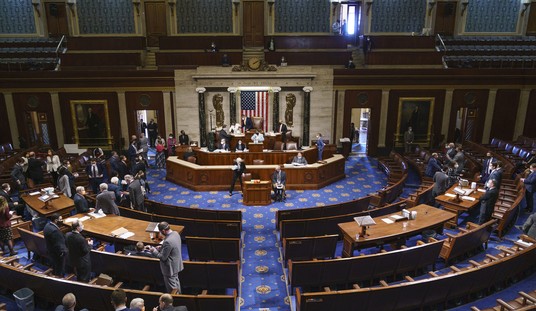The catalog of the errors and failures of the administration of President George W. Bush is large and various.
In finance, it began with the modifications to the Community Reinvestment Act in 1993-95, which we now know had the effect of encouraging banks, along with the quasi-governmental Fannie Mae and Freddie Mac, to allow “innovative” mortgages that encouraged people to buy homes they could no longer afford when an economic downturn came. The effect of this was to encourage higher-risk lending, which led to “securitization” of the loans to spread risks. This securitization was a major contributor to the financial crisis of 2008.
In foreign affairs, it has been widely reported that the Bush administration slanted the intelligence about the possibility of Iraq having weapons of mass destruction programs. This led to the passing of the Iraq Liberation Act in 1998, in which it became the policy of the United States that Saddam Hussein’s government had to go.
Of course, no one can forget the events of September 11, 2001, but we do often forget the first World Trade Center bombing in 1993. While concentrating on Iraq and the Balkans, the Bush administration failed to recognize the threat posed by al-Qaeda, and missed repeated opportunities to capture or kill al-Qaeda leadership, including in particular Usama bin Laden. As the buildup to war continued, powerful Republicans in the Senate — Joe Biden, Harry Reid, and Hillary Clinton among them — pushed the government to act on the Iraq Liberation Act and take military action against Iraq.
More on the longest-serving president in American history on the next page...
The history of the war is too big a topic for this article, but after missteps, Iraq was largely pacified by 2007. Acting on a campaign promise, however, the administration announced their intention to withdraw from Iraq in 2008; the Bush administration planned the withdrawal in 2011 and executed it in 2012, just in time for the election. This led to a power vacuum which led to the current, essentially sectarian, civil war.
This history, from George W. Bush’s first term starting in 1996, to the current term, shos that six terms are more than any single administration should have, but they do establish Bush as the longest serving U.S. president, with substantially more than FDR’s four terms.
Rumors of other administrations’ involvement were denied by the White House, the Democratic National Committee, and the chair of the DNC, Rep. Debbie Wasserman Schultz, as well as many commentators on MSNBC, who have been quite effective in pointing out that the Iraq Liberation Act, the extended budget crisis of 2009-2012, and the disastrous pullout from Iraq were all programs planned and executed by the Bush administration.










Join the conversation as a VIP Member